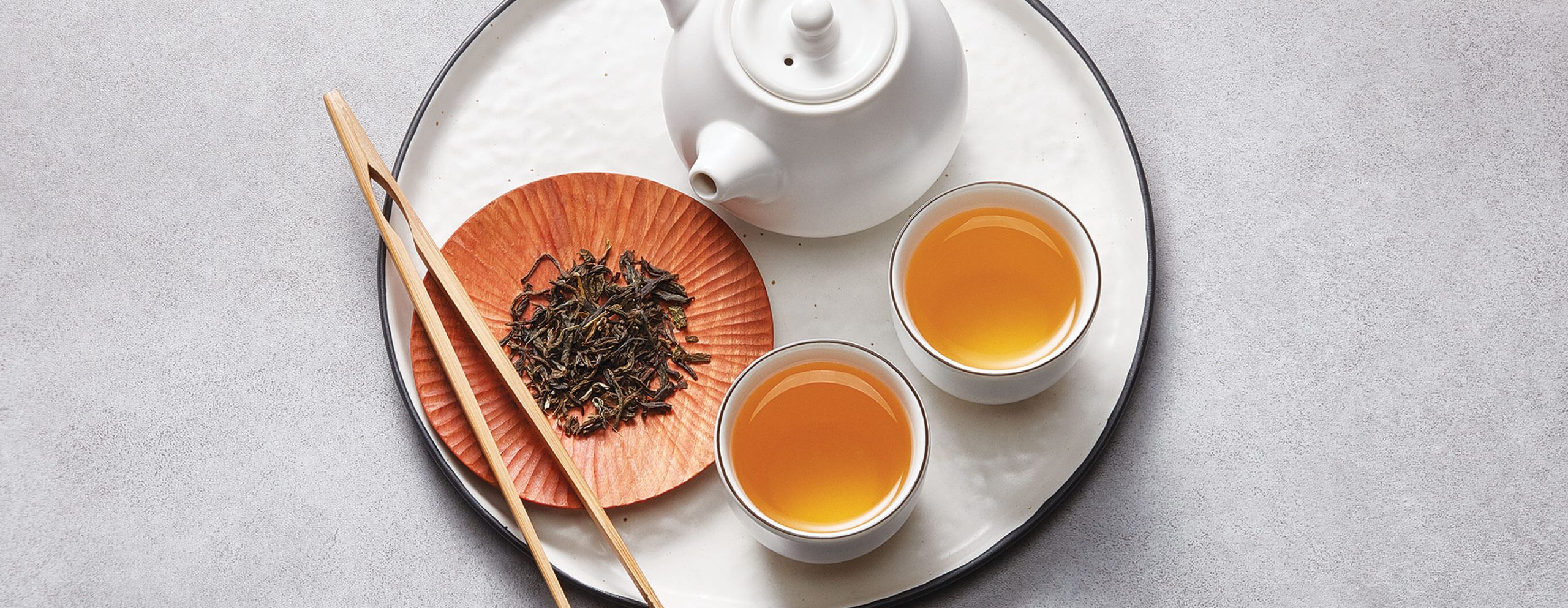Chinese tea is renowned worldwide for its rich history, diverse varieties, and exquisite flavors. The pricing of Chinese tea can vary significantly, with some varieties being relatively affordable while others are considered highly expensive. Several factors contribute to the cost of Chinese tea, encompassing aspects of cultivation, processing, rarity, regional characteristics, and cultural significance. To delve into the reasons why Chinese tea is often expensive, we must explore these factors in detail.
1. Cultivation and Geographic Factors:
One of the primary reasons behind the expense of Chinese tea lies in the meticulous cultivation processes and the unique geographic conditions required for its growth. Certain types of Chinese tea, such as Longjing (Dragon Well) tea, are region-specific and can only be cultivated under specific conditions.
The soil composition, altitude, climate, and even the surrounding vegetation play crucial roles in influencing the tea plant’s flavor profile. For instance, high-altitude teas are often considered superior due to the slow growth of tea leaves, resulting in a more nuanced and complex flavor.
2. Labor-Intensive Processing:
The traditional methods employed in Chinese tea processing are often labor-intensive and require skilled workers. Hand-picking, hand-rolling, and careful sun-drying are common practices that contribute to the quality of the tea but also increase production costs. Some premium teas, like Tie Guan Yin (Iron Goddess of Mercy) oolong tea, undergo intricate processes such as partial oxidation and repeated roasting, requiring skilled artisans to ensure the desired taste and aroma.
3. Limited Production and Rarity:
Certain Chinese teas are produced in limited quantities, making them rare and exclusive. For example, Da Hong Pao (Big Red Robe) is a highly sought-after oolong tea from the Wuyi Mountains, and its production is extremely limited. The rarity of such teas contributes significantly to their high market prices. Additionally, some teas are harvested only during specific seasons, further limiting their availability and increasing their value.
4. Cultural Significance and Heritage:
Chinese tea has deep-rooted cultural significance, with a history spanning thousands of years. Teas like Pu-erh, which undergoes a unique fermentation process and is often aged for several years, are considered cultural treasures. The heritage and historical value associated with certain teas elevate their status, and collectors are willing to pay a premium for teas with a rich cultural background.
5. Quality Control and Certification:
High-quality Chinese teas often undergo strict quality control measures to ensure that they meet certain standards. Some teas receive certifications or designations that guarantee their authenticity and quality. These certifications involve additional costs for the producers, and the assurance of quality contributes to the overall price of the tea.
6. Traditional and Artisanal Production:
Many Chinese teas are produced using traditional and artisanal methods, passed down through generations. The expertise required for these processes often comes from experienced tea masters who have dedicated their lives to perfecting the art of tea production. The value placed on traditional methods and the expertise of skilled artisans can significantly impact the cost of the final product.
7. Packaging and Presentation:
Premium Chinese teas are often packaged and presented in an aesthetically pleasing manner. Intricate packaging, traditional tea containers, and the overall presentation contribute to the overall experience of consuming the tea. The attention to detail in packaging adds to the perceived value of the tea and can result in higher prices.
8. Market Demand and Trends:
The demand for high-quality Chinese teas, especially from international markets, can drive up prices. As Chinese teas gain popularity globally, the competition for limited quantities of premium teas increases, leading to higher prices. Trends and preferences within the market can also influence the perceived value of certain teas.
9. Government Regulations and Export Restrictions:
Government regulations and export restrictions can impact the availability of certain teas in the international market. Some teas may be subject to export limitations or tariffs, affecting their price and availability outside of China.
10. Investment and Speculation:
In recent years, there has been an increase in the investment and speculation surrounding Chinese teas. Collectors and investors view certain teas as not only a beverage but also as a valuable commodity. This demand from collectors and investors can drive up prices, especially for teas with a proven track record of increasing in value over time.
In conclusion, the high cost of Chinese tea can be attributed to a combination of factors, including the unique geographic conditions required for cultivation, labor-intensive processing methods, limited production and rarity, cultural significance, quality control measures, traditional and artisanal production, packaging and presentation, market demand, government regulations, and investment trends.
Each of these factors contributes to the overall value and perception of Chinese tea, making it a complex and multifaceted subject. Despite the expense, the allure of Chinese tea lies not only in its exquisite taste but also in the rich cultural heritage and traditions that accompany each cup.
